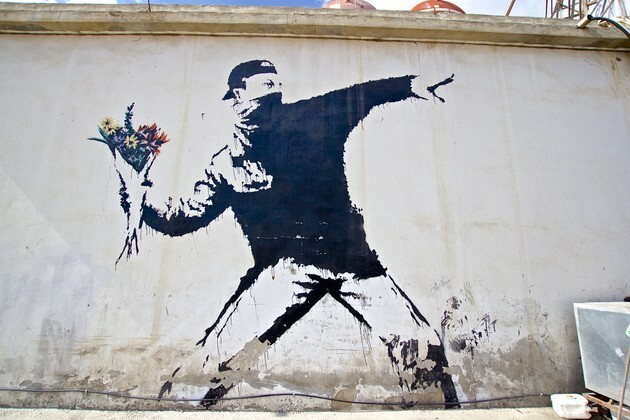Comic drawing is an art form that combines text and images in order to narrate stories of the most diverse genres and styles. They are mostly published in the form of magazines, books or in strips from newspapers and magazines.
The publication of comic books in Brazil started in the beginning of the 20th century. The comics style of American superheroes that predominates in the country, has lost space for a very fast expansion of Japanese comics. Both styles have been employed by Brazilian artists.
The strip is the only format that has developed a set of deeply national characteristics. Despite not being from Brazil, in the country she developed peculiar characteristics. It was influenced by the dictatorship during the 1960s and later by big names in underground comics.
In 1960, the publication of the magazine "O pererê" began, with text and illustrations by Ziraldo. In that same decade, cartoonist Henfil started the tradition of the “strip” format. It was in this strip format that the characters of Maurício de Sousa, creator of Mônica's gang, made their debut. His stories started to be published in magazines, first by Abril magazine, in 1987 by Editora Globo and from 2007 on by Editora Panini.
Do not stop now... There's more after the advertising ;)
During the 1960s, the military coup and its morality clashed with comics. On the other hand, they inspired publications full of cartoons, such as O Pasquim.
Comics in Brazil gained momentum in the 1990s, with the first and second Biennial of Comics in Rio de Janeiro, in 1991 and 1993, and the third in Belo Horizonte, in 1997.
By Patricia Lopes
Would you like to reference this text in a school or academic work? Look:
SCHOOL, Team Brazil. "Comic Drawings"; Brazil School. Available in: https://brasilescola.uol.com.br/artes/desenho-quadrinhos.htm. Accessed on June 28, 2021.



